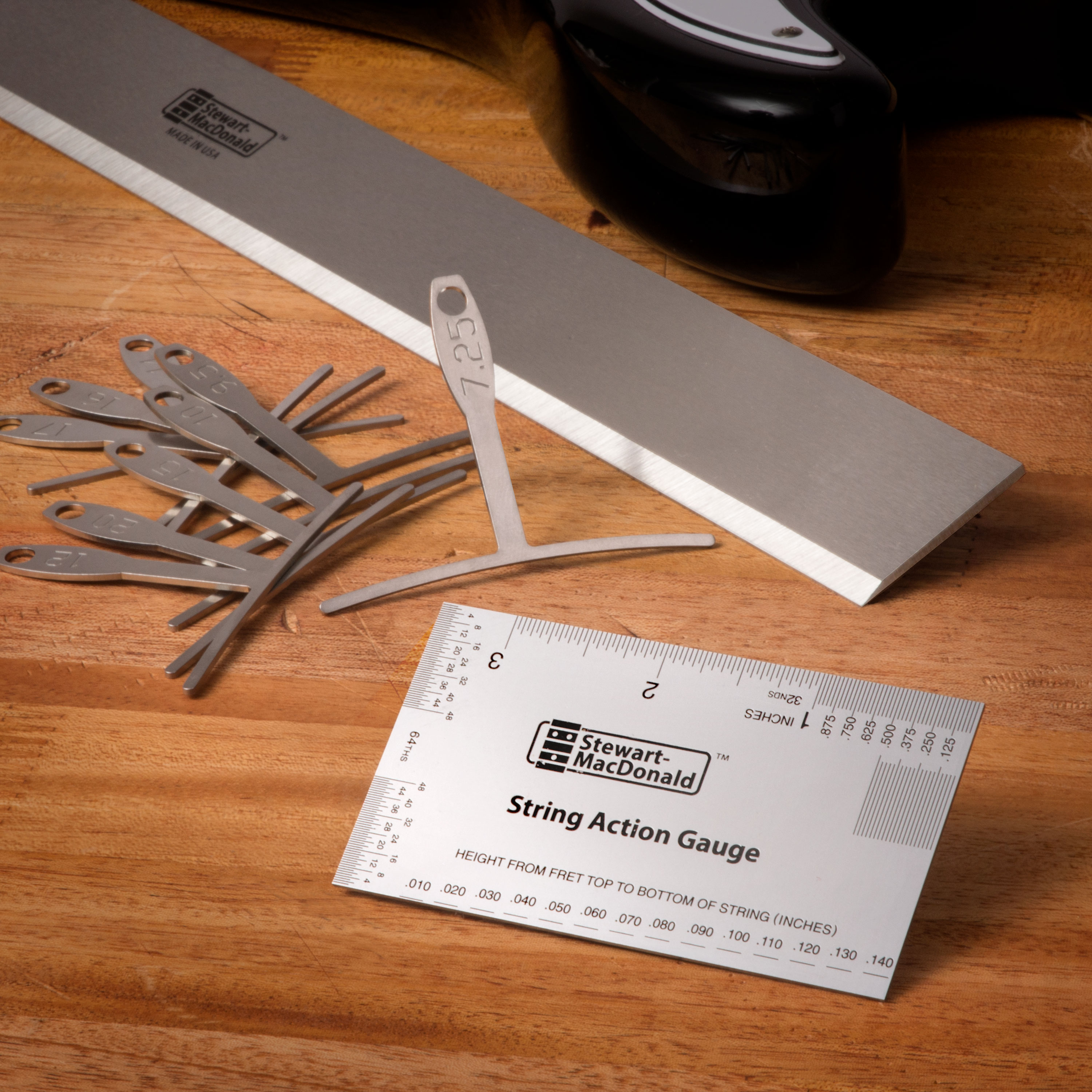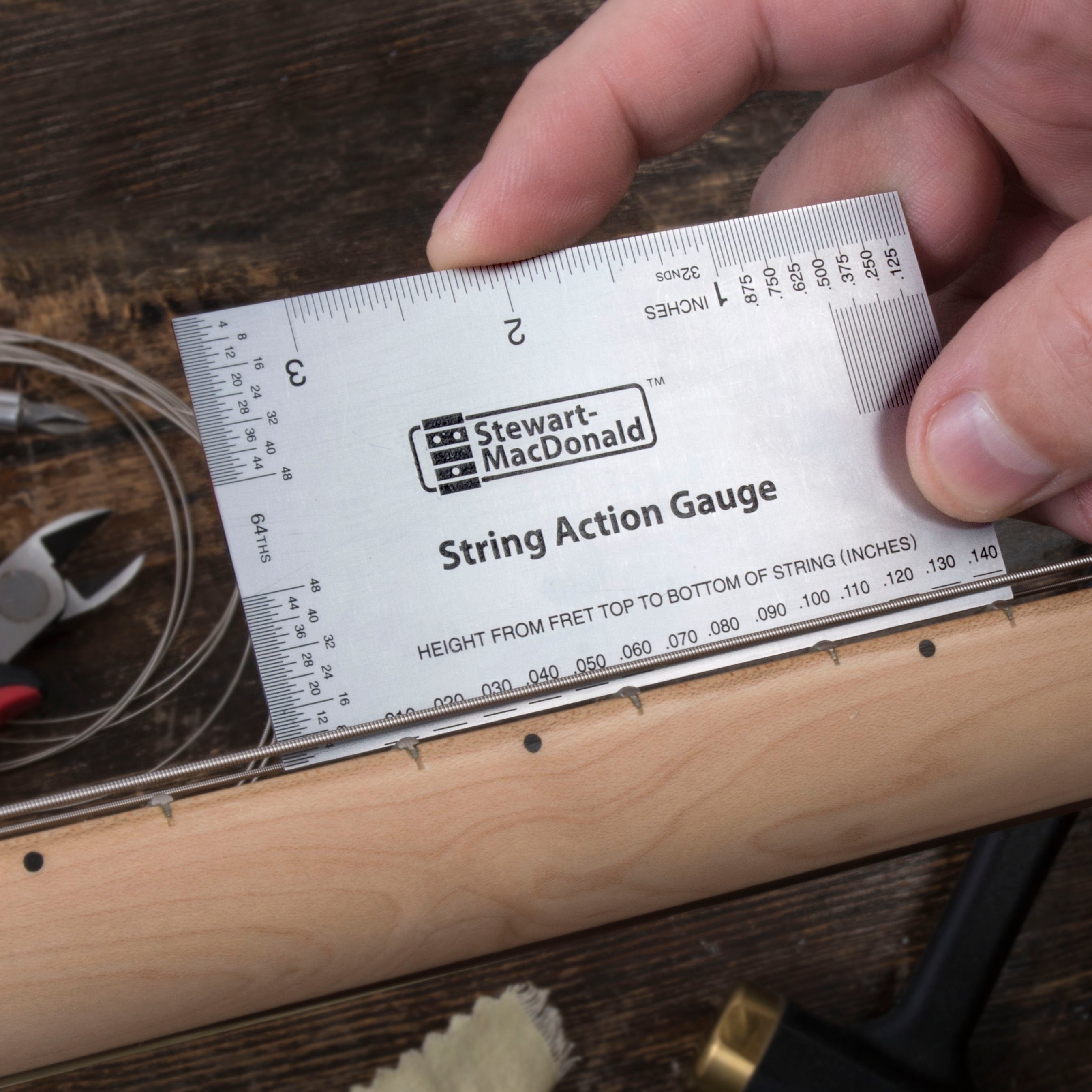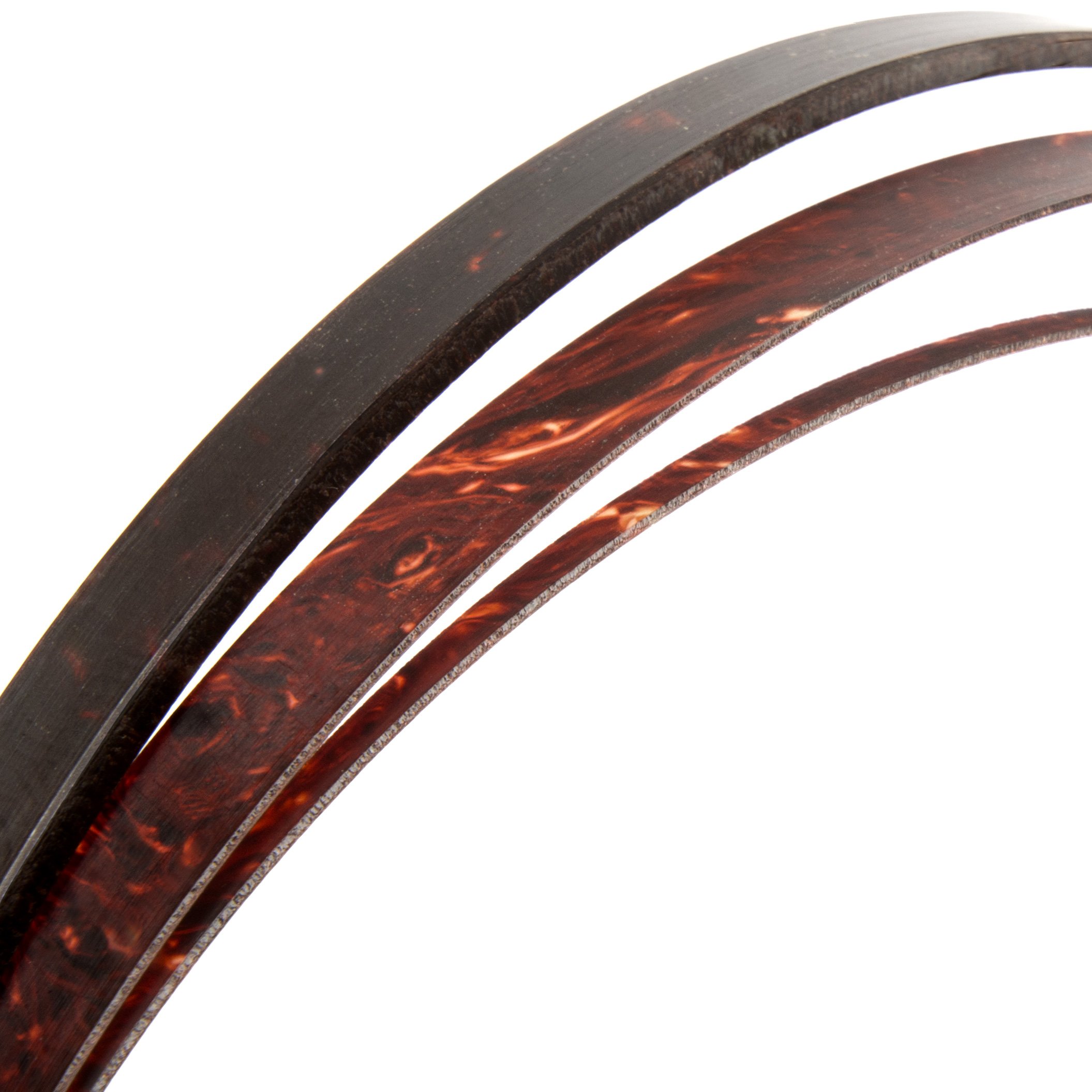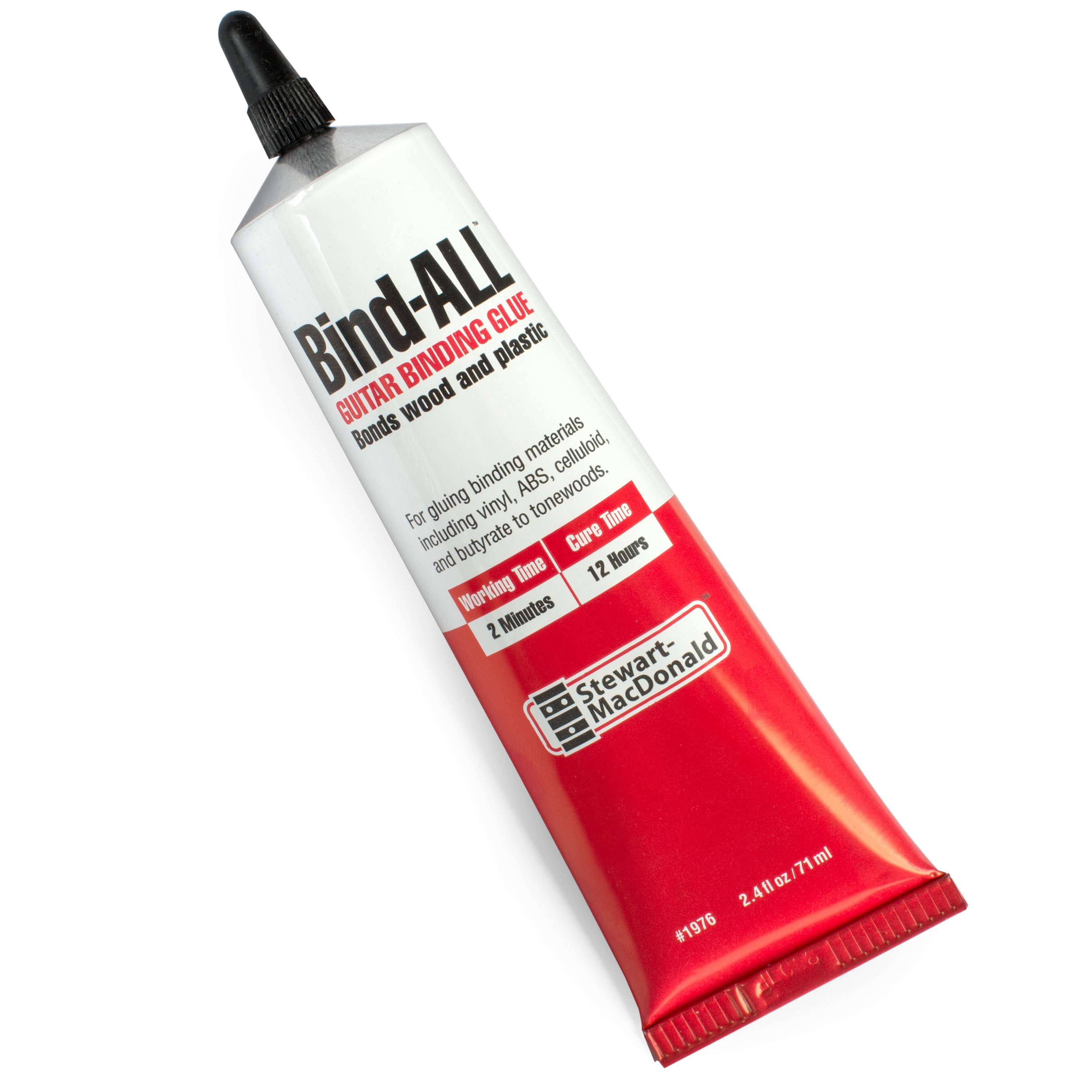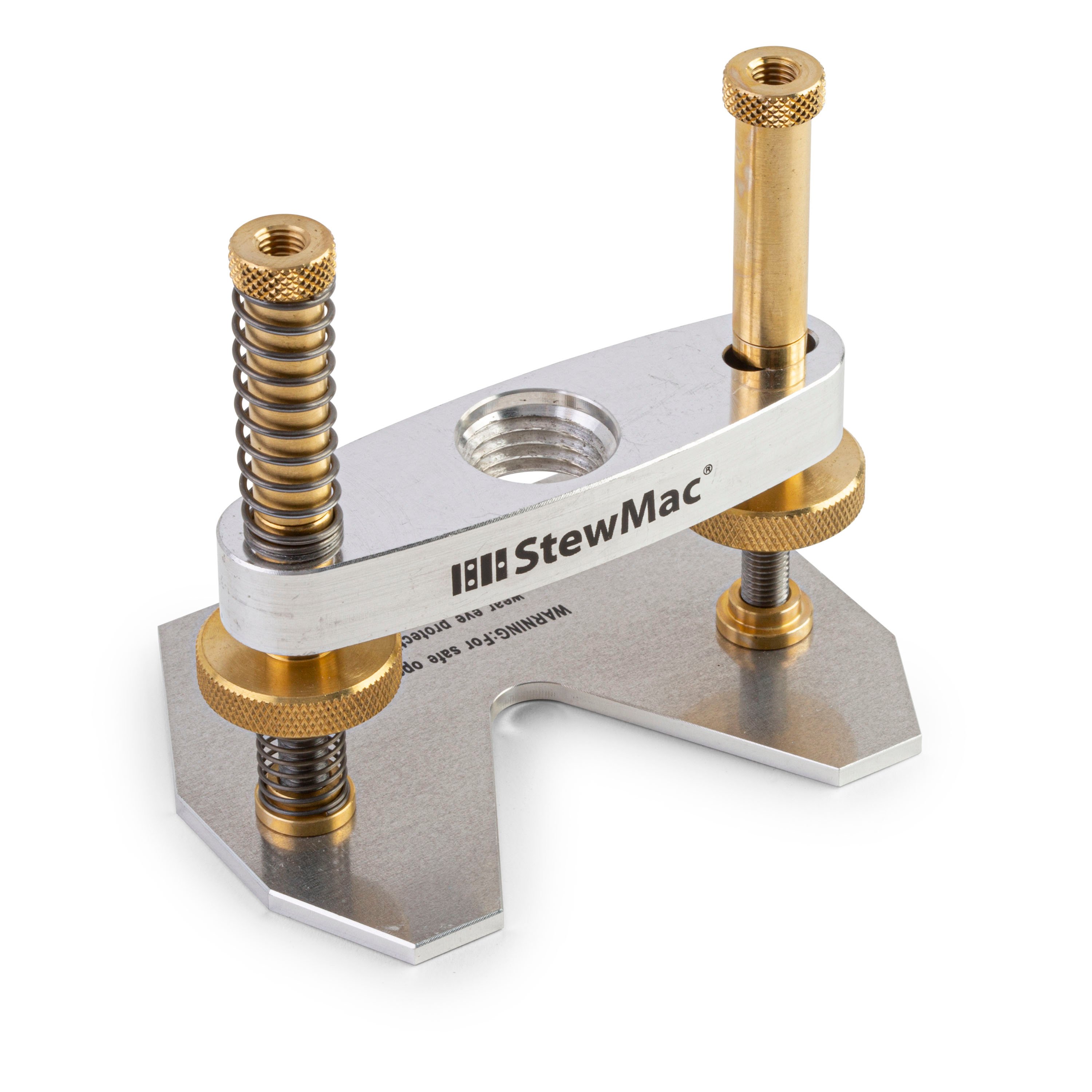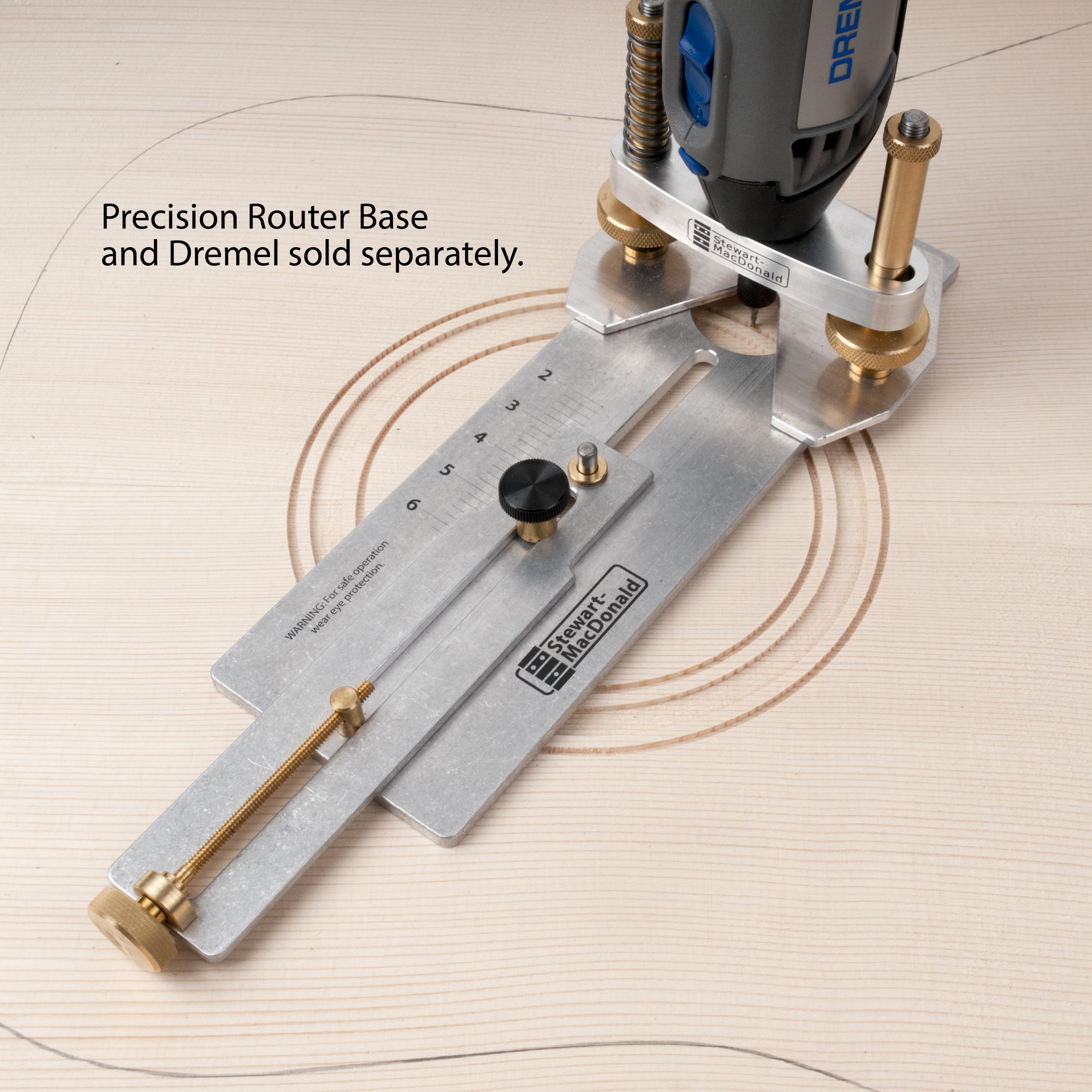"What was the first work you ever did on a guitar?"
Issue 289 July 13, 2017
Dan visited the Association of Stringed Instrument Artisans get-together in Pennsylvania. It’s fun to hear these startup stories about paper clips, gum wrappers and exploding guitars!
Extra video:
Dan visits a new guitar maker’s first shop and talks about getting started in guitar building. The music for this video: that’s Evan multi-tracking himself on electric bass!
- A guitar smashed to pieces
- First refinishing job: chrome spraypaint
- A bonfire of guitars
- Juicy Fruit gum wrapper as a setup tool
Video Transcription
[on-screen text reads: Dan Erlewine - Guitar Repairman, Author]
Dan Erlewine: What's the first thing you ever did to a guitar besides play it? Something that might be considered working on it or improving it, that's the question I asked a whole bunch of folks out at the ASIA Convention this past summer in East Stroudsburg, PA. ASIA is an acronym for Association of String Instrument Artisans, and there were plenty of them there. We got to play lots of fun guitars, see old friends, and had a great time. I shot some video too. Check it out.
What's the first thing you ever did to a guitar?
Maegen Wells - Maegen Wells Guitars
Maegen Wells: I had been begging the local repair guy in my hometown to let me come hang out in his shop. He got really irritated with how much I loved every single guitar, whether it was a good guitar or a bad guitar. He was trying to teach me there are such things as bad guitars. One day, I just pushed him too far with my cheery outlook and he gave me a pair of safety glasses and a crappy guitar that was hanging on the wall and he made me smash it to pieces on the floor and it was an incredible feeling.
Bryan Galloup - Galloup Guitars
Bryan Galloup: I ended up with a Checkmate guitar. I bought in Big Rapids at the Giant Way, and it was a horrible instrument. As I tried to figure out why it wouldn't tune and why it wouldn't play, I started messing with it, and the first thing I did is I put a lag bolt from the heel to the back of the guitar and cranked it, trying to get the action down. Well, that didn't work out very well, but I did it. Then I decided after a little while it was wrong color, so I decided to spray paint it chrome because my dad works at a parts store and he had some chrome paint. Believe me, when it was done, that thing was a mess, and I still have it.
Doug Aulson - Aulson Inlay
Doug Aulson: I used my guitar for knife throwing practice.
Evan Gluck - New York Guitar Repair
Evan Gluck: Dan, like what was the first-
Dan Erlewine: No, I'm asking you first.
Evan Gluck: Oh, okay, okay. Okay. Actually, the first thing I ever did was I was a bass player and I got totally into Jaco, so I took my 80 or 81 P-base, maple neck, pulled the frets out, knew how to pull them out sideways. I was about 12 or 13 years old because I figured they couldn't come out the other way. Used wood putty to fill in the slots, and that neck basically folded in half. Now, a year ago, a customer of mine showed up who bought that neck on eBay and asked me to fix it, and I said I can't fix it, but I know who broke it.
Michael Gurian - Gurian Instruments
Michael Gurian: Best thing to improve a bad guitar is to burn it, and we've done that. I actually have a picture of a burning guitar. Once a year, the Seattle Luthiers get together and burn all their mistakes because there are people who really believe in their profession and want to only produce the best possible thing.
Evan Gluck: What was the first thing you ever did on a guitar?
Dan Erlewine: Some Wrigley's chewing gum rapper, the aluminum folded in half, put it under the high E string on harmony rocket.
Evan Gluck: Wow.
Dan Erlewine: In my band, the spiders, our band, the Spiders to stop the buzzing.
Evan Gluck: Cool. Were you smart enough to use the Juicy Fruit instead of the-
Dan Erlewine: I did, it was Juicy Fruit.
Evan Gluck: Perfect.
Michael Cabot IV
Dan Erlewine: This young fella introduces himself and says, "Are you Dan Erlewine?" I said, "No, I'm his little brother." This is Michael Cabot the fourth. How long have you been into Lutherie?
Michael Cabot: About six months or so.
Dan Erlewine: What have you accomplished In six months?
Michael Cabot: I've built nearly a dozen guitars. I keep getting better every time I build, learning more than I can even imagine really. What I did when I first started building was I keep a list of every mistake I made, and I put it on my workshop wall and I check it every day to make sure I'd never make the same mistakes again. A couple of them were made again. I spray the ColorTone, rattle can laquer. I usually do a can and a half of the sanding sealer because I end up sanding a lot of it down.
Dan Erlewine: Now are you building from a kit or from scratch?
Michael Cabot: Scratch.
Dan Erlewine: Wow.
Michael Cabot: Safety planner to, your StewMac Safe-T-Planer. I use the Rosette Cutting Jig with the router base and the Dremel tool.
Dan Erlewine: Big boomy sound.
Michael Cabot: Yeah, it's a really deep body.
Dan Erlewine: You started six months ago?
Michael Cabot: Yep.
Dan Erlewine: How old are you?
Michael Cabot: 21.
Jeffrey Whitehead - Charleston Guitars
Jeffrey Whitehead: This is my proprietary design for a headstock, so this I have a patent submitted for. What it allows is a very, very compact design with a full scale length. There's a 25-inch scale length guitar, full size electronics. These are Lindy Fralin blues pickups. You got the volume tone blender pot, just like you'd see on a full size guitar. Here you have a jack, normal jack for gigging, and then there's a top jack for putting in, I use vox headphone amps. Plug that in, put in ear buds, sit back in your easy chair and play all night. It's a StewMac low profile truss rod, and I don't think I could have built anything of this type of quality without StewMac's help, frankly. Between the tools, supplies, and instructional videos, I'm eternally indebted.
John Platt
Dan Erlewine: I love this thing, man. How many have you made so far?
John Platt: That's number four.
Sam Guidry - Sam Guidry Guitars
Dan Erlewine: Good to see you, man.
Sam Guidry: Good to see you, man.
Dan Erlewine: I'm asking everyone the same question. You got a second?
Sam Guidry: Sure.
Dan Erlewine: What's the first thing you ever did to a guitar, not playing it?
Sam Guidry: When I was about a freshman in high school, just had started playing the guitar, and my brother had this Epiphone, cheap Epiphone electric guitar, and the fingerboard was starting to pull away and it caused the frets to buzz. At that point, I didn't really know what was happening, so we went over to my buddy's house. His dad had some "clamps" and had some "glue." Sure enough, we crammed some glue in there, clamped it up and it held, and it only put a few dents in the back of the neck and in the fretboards.
John Monteleone - John Monteleone Guitars
John Monteleone: I wanted to know what was inside the guitar. I could see that the outside was interesting enough, but the inside I could not see, and I wanted to know more about what was in there. I took the guitar and went into a roundhouse swing with it into this column, and the guitar exploded into hundreds of pieces all around me. I could still to this day hear the tinkle of those pieces of wood as they hit the floors. I realized just then that these were component pieces of wood that were unlike other pieces of wood that we commonly knew.
Mamie Minch - Brooklyn Lutherie
Mamie Minch: It's a pretty dramatic issue with the first guitar I had, which was a Kalamazoo from the '30s, but it had been munged up at some point, and it wasn't real fancy or real pristine by the time I had it. I was a teenager. I had a lofted bed that my dad had built, so it was high bed in my room and I used to fall asleep with my guitar in my bed with me. I fell asleep with my guitar next to me, and I had one of those really physical dreams about dancing, and I had dreamed that I was ballroom dancing and I was like made these big movements and spinning around and I really kicked out and one leg went this way, one arm went that way, and knock the guitar out of the lofted bed then it launched onto the floor. When I picked it up, it had a big nasty rib crack from the end, block up most of the bass side. I got some glue and borrowed some spool clamps and figured it out, and I glued that crack. Not super cleanly, but it was in one piece. That's the first repair I did.
Larry Fitzgerald - Larry Fitzgerald Guitars
Larry Fitzgerald: First thing I ever did to a guitar was my electric input jack on the Stratocaster I had didn't work, and when I opened it up, I found out that the wire leads were broken off and they were too short to connect. I had to make it connect, so I got a paper clip, I wrapped it around the wire and then attached it to the input jack, and then I put it back in the guitar. I was able to play through the rest of the gig for the night.
Trevor Healy
Dan Erlewine: That's a good one. Wow. That's beautiful. Let's turn that around.
Trevor Healy: It's a fully adjustable neck.
Dan Erlewine: That's awesome. Waverlys.
Trevor Healy: Show him the tailpiece.
Dan Erlewine: This man works with chisels and knives, no power tools to speak of. Hardly a router.
Richard Natwara III
Richard Natwara III: I sanded the neck of my Epiphone Les Paul to get rid of the gloss and make the feel smoother so I didn't get stuck when I was playing.
Dan Erlewine: Do you think that tended to lead you down this road?
Richard Natwara III: It felt really cool to actually sense a problem and then fix it.


